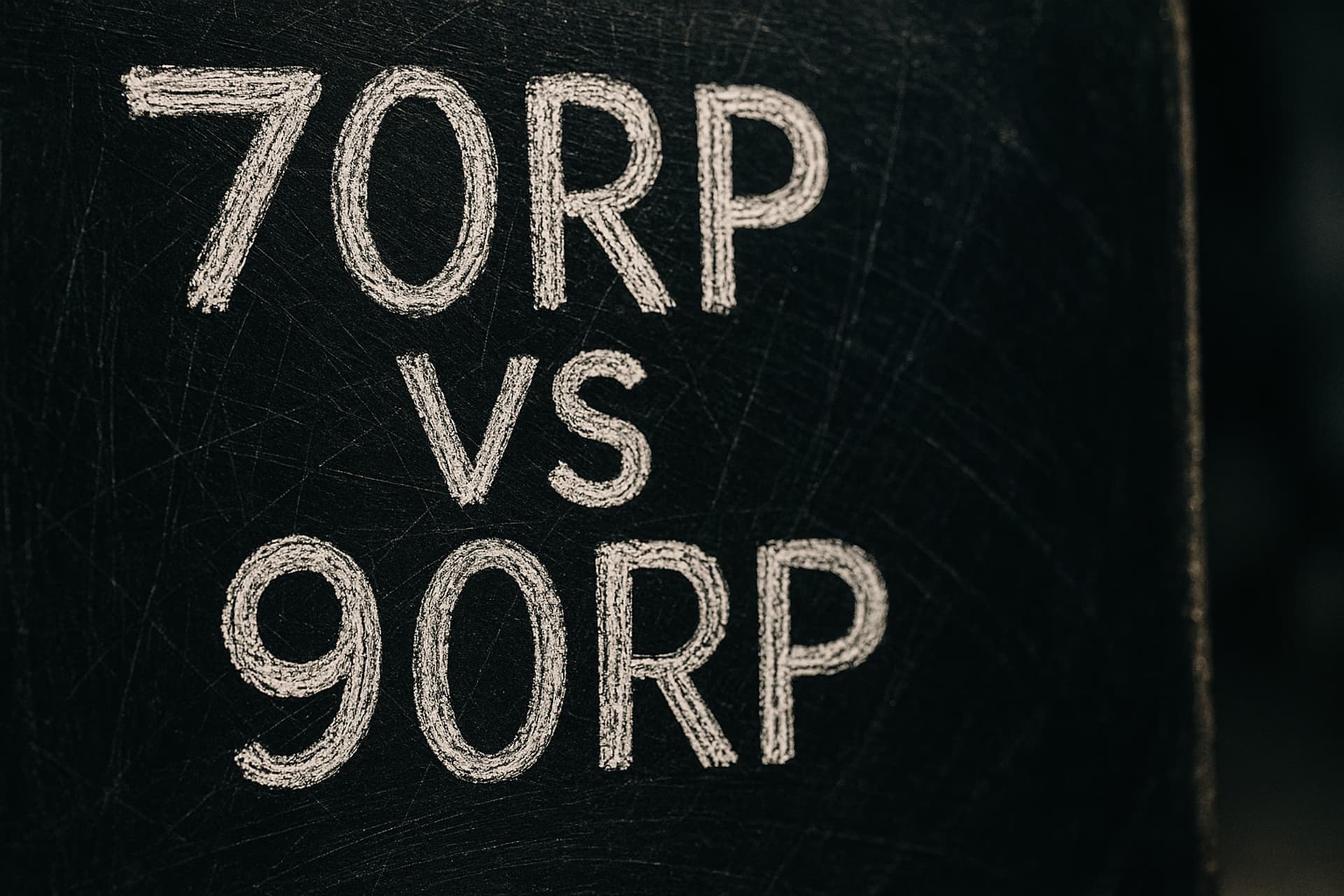O-Level Chemistry Measurement Accuracy Lab
Download printable cheat-sheet (CC-BY 4.0)14 Nov 2025, 00:00 Z
A
Reviewed by
Azmi·Senior Chemistry Specialist
Want small-group support? Browse our IP Chemistry Tuition hub.
TL;DR
SEAB’s MMO descriptors emphasise setting up apparatus correctly, recording measurements to appropriate precision, and making justified decisions about significant figures (SEAB 2026 syllabus, pp. 25–26).
Pair that with the mathematical requirements on rounding, unit conversions, and proportional reasoning (p. 32) and you get a high-value practice circuit: calibrate instruments, record data cleanly, and critique accuracy in ACE responses.
Use this lab to warm up before titrations, calorimetry, or gas-collection tasks so precision habits become automatic.
Link This to the Experiments Hub
Slot this accuracy circuit into your broader revision plan by visiting the O-Level Chemistry Experiments hub; it keeps every separation, titration, and qualitative analysis drill aligned with the same precision standards.
1 | Core measurement expectations
- Balances (0.01 g or better). Zero before weighing, record to two decimal places, state mass differences instead of raw readings when appropriate.
- Burettes (0.05 cm³). Read at eye level, include both initial and final readings, report titres to 2 decimal places (last digit 0 or 5).
- Pipettes (25 cm³). Use pipette filler, ensure drain time is consistent, blowout instructions only if pipette is marked “TD blowout”.
- Gas syringes & measuring cylinders. Note calibration increments; read meniscus at eye level; ensure plunger moves freely without leaks.
- Thermometers & data loggers. Stir before reading, allow temperature to stabilise, record to the nearest 0.5 °C (glass) or 0.1 °C (digital).
- Timing devices. Use stopwatches with 0.1 s precision; for slower reactions, note ±0.5 s uncertainty due to human reaction time.
2 | Planning statements for accuracy drills
- Balance calibration. “Zero the electronic balance, place a standard 100.00 g mass, record deviation, and apply correction to subsequent measurements.”
- Burette practice. “Rinse burette with solution, fill above zero, open tap to expel air bubbles, set meniscus to 0.00 cm³ ±0.02 cm³, record initial and final readings to 2 decimals.”
- Pipette delivery test. “Deliver 25.00 cm³ of distilled water into a pre-weighed beaker, weigh to confirm mass ≈ 25.00 g at 25 °C, calculate percentage deviation.”
- Thermometer cross-check. “Measure temperature of an ice–water mixture (expect 0 °C) and boiling water (100 °C at 1 atm), note systematic offset if readings differ.”




